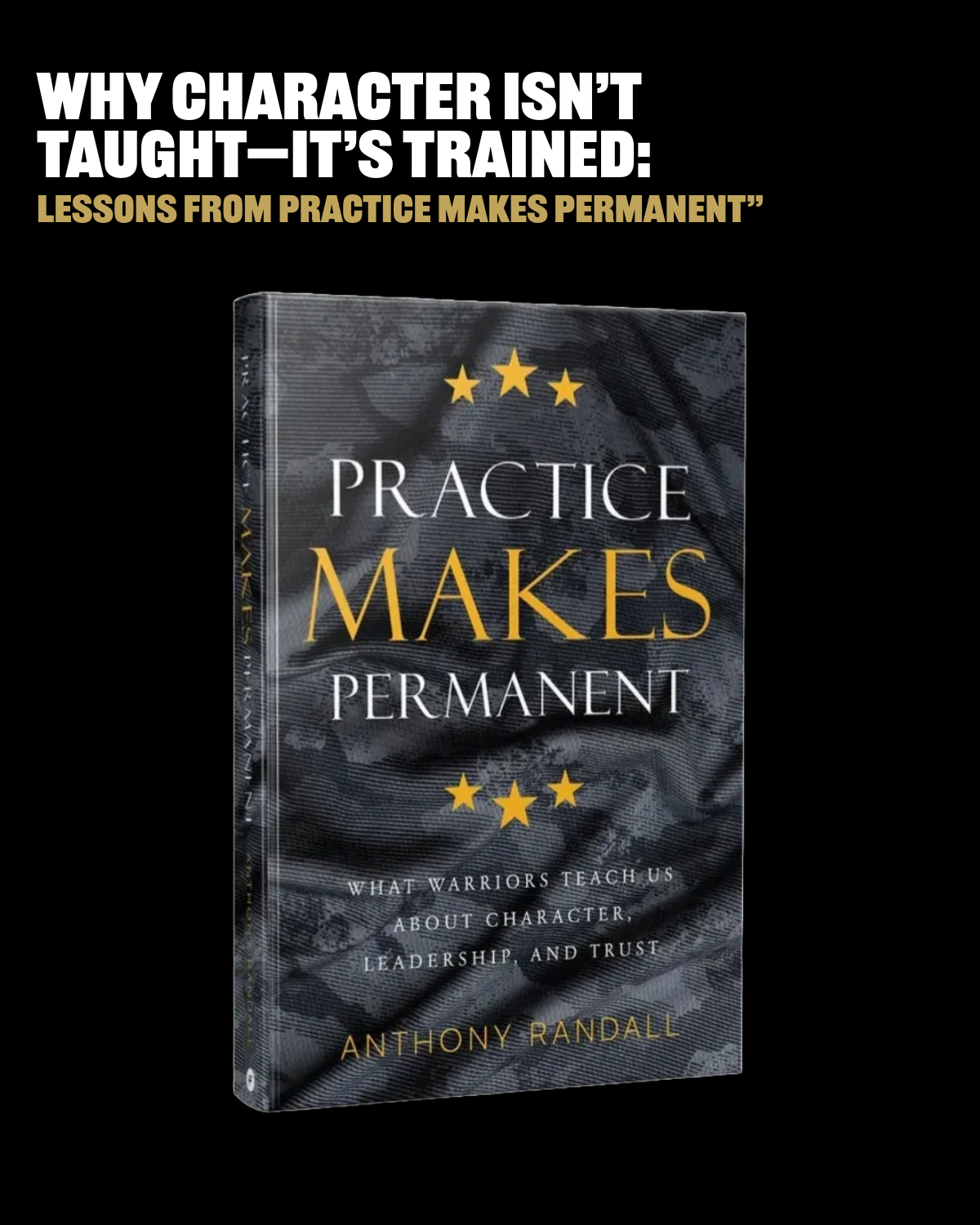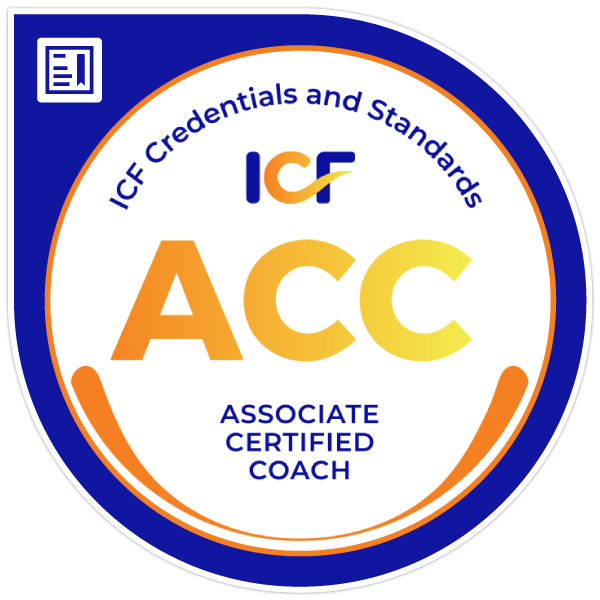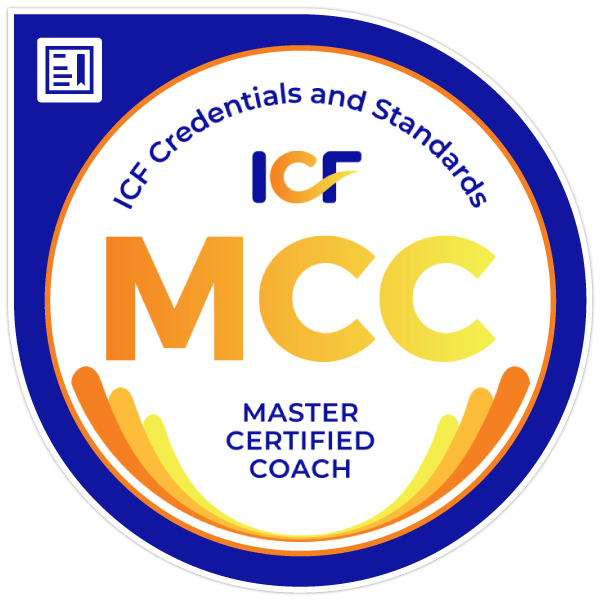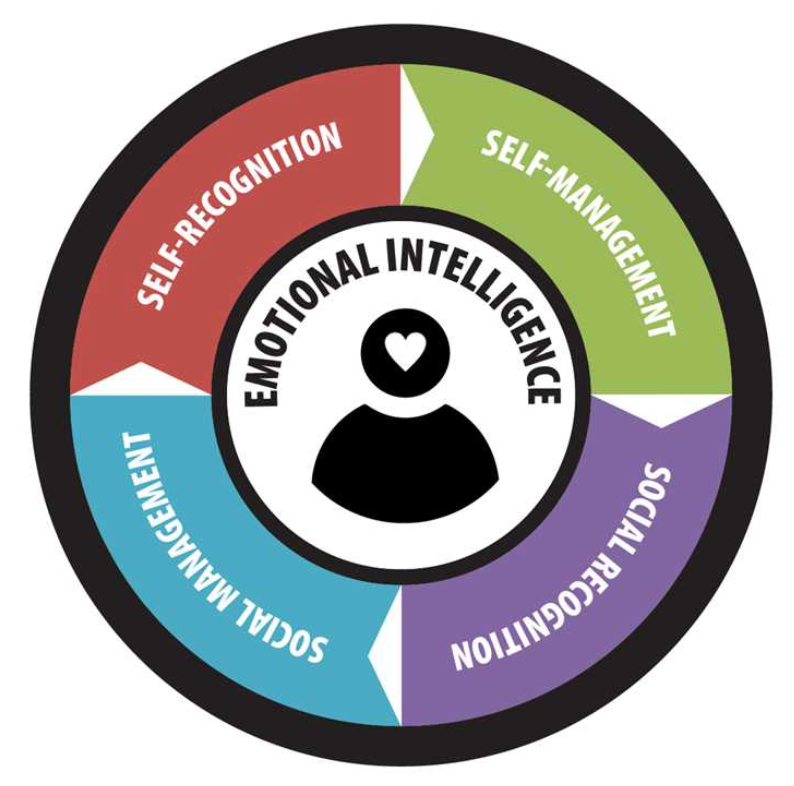How to Lead Across Generations: Building Cohesion from Boomers to Gen Z
Today’s workforce is more generationally diverse than ever before. In a single meeting, you might find Baby Boomers, Gen Xers, Millennials, and Gen Z—all bringing unique values, communication styles, and expectations to the table.
The challenge? Avoiding friction and silos.
The opportunity? Creating cross-generational strength through inclusive leadership.
Here’s how high-impact leaders build cohesion across generations:
1. Seek Understanding Before Being Understood
Each generation grew up with different influences—culturally, technologically, and economically. Boomers value loyalty and structure. Gen Z expects transparency and flexibility. Leading effectively starts with curiosity over judgment.
Tip: Ask team members about their preferred communication style, feedback rhythm, and work priorities. You’ll be surprised how much alignment you can create just by listening.
2. Embrace a Coaching Mindset
The command-and-control style of leadership doesn’t resonate equally across generations. Coaching creates a bridge. It fosters mutual respect, psychological safety, and empowerment—whether someone is 25 or 65.
Tip: Leaders trained in coaching techniques often unlock deeper engagement, especially from younger generations craving development over direction.
3. Customize, Don’t Compromise
Fairness doesn’t mean sameness. Offer flexibility where it matters—hybrid schedules, career paths, recognition methods—while maintaining a shared sense of accountability and purpose.
Tip: One-size-fits-all leadership is outdated. The future is personalized and principled.
4. Leverage Cross-Generational Mentoring
Knowledge-sharing goes both ways. Boomers bring institutional wisdom. Gen Z brings digital fluency and fresh perspective. Build intentional spaces where mentorship flows in all directions.
Tip: The best leaders create ecosystems where every generation is both a teacher and a learner.
Leading across generations isn’t about minimizing differences. It’s about maximizing connection.
When you create a culture where every generation feels seen, heard, and valued—you don’t just improve retention or productivity. You unlock an intergenerational advantage.
Are you leading with that mindset?
